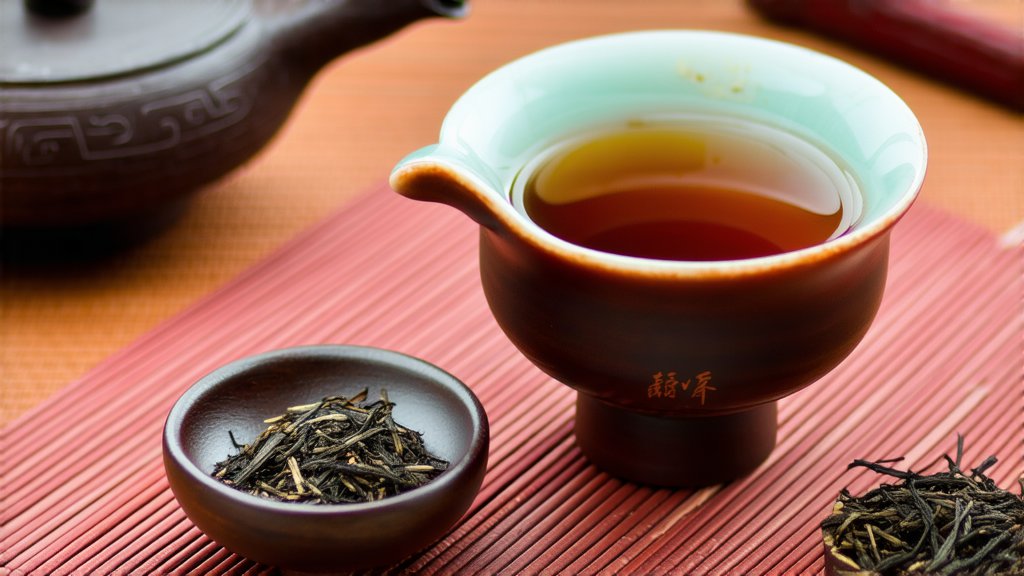
Pu-erh tea, hailing from the Yunnan province of China, is one of the most distinctive and revered varieties of dark tea. This unique tea has a storied history and a complex production process that sets it apart in the world of tea. In this article, we will delve into the rich heritage, various types, intricate crafting techniques, and sophisticated methods of appreciating Pu-erh tea.
Historical Background
The origins of Pu-erh tea can be traced back over a thousand years to the ancient trade routes that connected China to the rest of Asia and beyond. Initially, tea leaves from Yunnan were transported along these routes and subjected to the natural fermentation process due to the long journey and humid climate. This accidental fermentation gave birth to what we now know as Pu-erh tea.
Types of Pu-erh Tea
Pu-erh tea is broadly categorized into two main types: raw (Sheng) and ripe (Shou). Each type has its own unique characteristics and aging processes:
-
Raw Pu-erh (Sheng):
- Production: Made from sun-dried green tea leaves.
- Aging: Undergoes natural fermentation over time, which can span several decades.
- Flavor: Tends to be lighter and more astringent initially but mellows with age, developing complex flavors.
-
Ripe Pu-erh (Shou):
- Production: Involves a pile-fermentation process that speeds up the aging process.
- Aging: While it ages more quickly than Sheng, it still benefits from further maturation.
- Flavor: Generally smoother and earthier, with a deep, rich taste even when young.
Crafting Process
The production of Pu-erh tea involves several meticulous steps:
- Leaf Plucking: High-quality tea leaves are handpicked, typically from ancient tea trees known for their robust flavor.
- Withering: Leaves are spread out to wilt and reduce moisture content.
- Fixation: Leaves are briefly heated to halt enzyme activity.
- Rolling: Leaves are rolled into tight spirals or balls to shape them.
- Fermentation: For Sheng Pu-erh, leaves are piled and left to ferment naturally over time. Shou Pu-erh undergoes a controlled fermentation process in a warm, humid environment.
- Drying: The fermented tea is dried to stabilize it for storage and aging.
- Pressing: Traditionally, Pu-erh is compressed into cakes, bricks, or other shapes for easier transport and aging.
- Aging: The final product is stored in optimal conditions to enhance its flavor profile over time.
Appreciating Pu-erh Tea
To fully appreciate Pu-erh tea, one must engage all the senses in a deliberate and mindful manner:
- Visual Inspection: Observe the tea's appearance, noting the shape, color, and any signs of aging or fermentation.
- Aroma: Before brewing, smell the dry leaves to detect earthy, woody, or floral notes. After brewing, inhale the steam rising from the wet leaves.
- Tasting: Take small sips to savor the complexity of flavors, ranging from sweet and fruity to bitter and umami. Pay attention to the mouthfeel and aftertaste.
- Texture: Notice the body and texture of the tea, which can range from silky and smooth to robust and astringent.
- Aging Potential: For raw Pu-erh, consider how the tea might evolve over time, as its character will continue to change with proper storage.
Health Benefits
Pu-erh tea is not only celebrated for its unique flavor but also for its numerous health benefits. It is believed to aid in digestion, boost metabolism, and lower cholesterol levels. Additionally, its antioxidant properties help combat free radicals, promoting overall well-being.
In conclusion, Pu-erh tea is a testament to the rich heritage and intricate craftsmanship of Chinese tea culture. Whether you are new to this fascinating world or a seasoned connoisseur, exploring the depths of Pu-erh tea offers an unparalleled journey through history, flavor, and tradition.